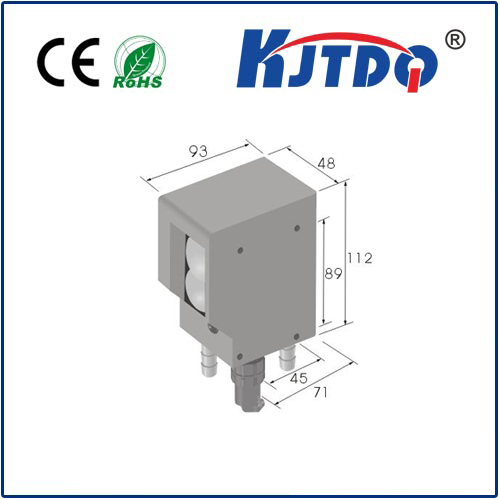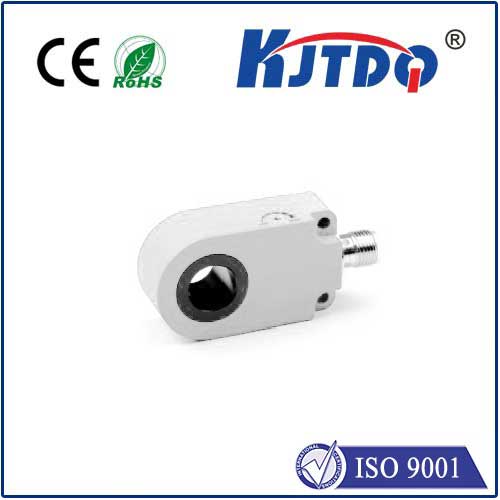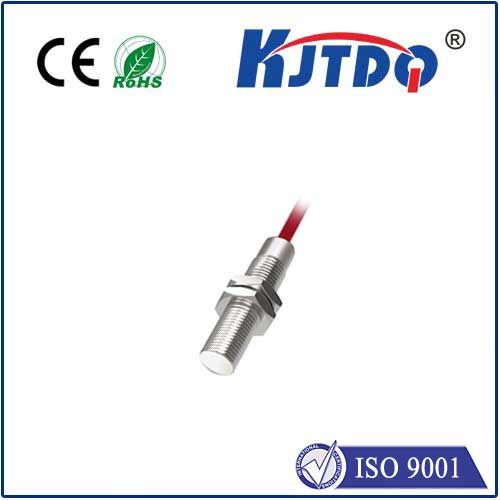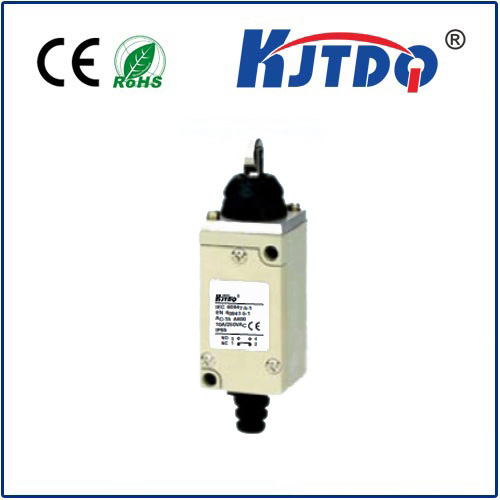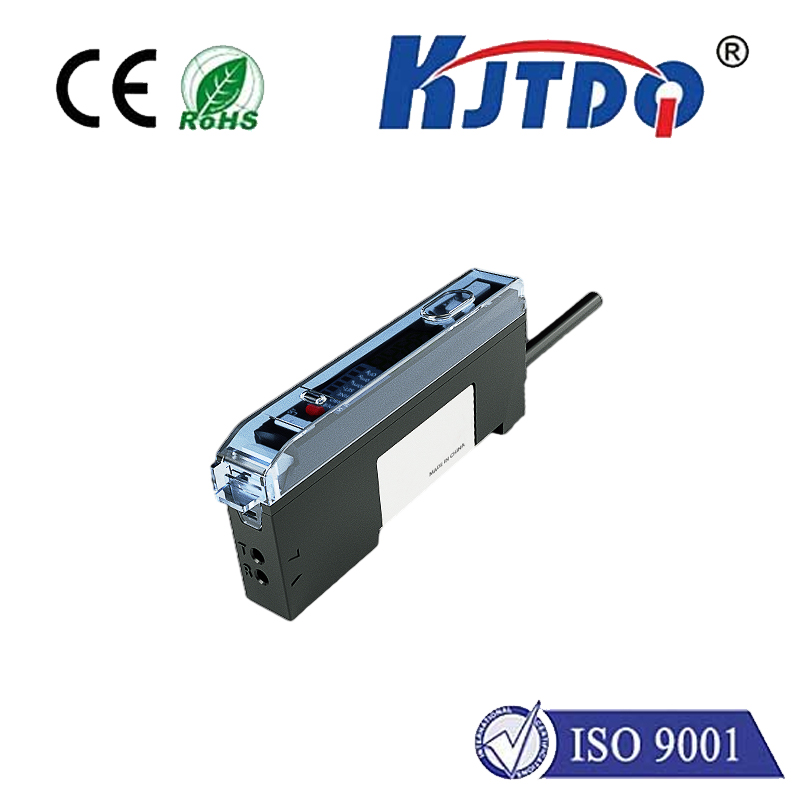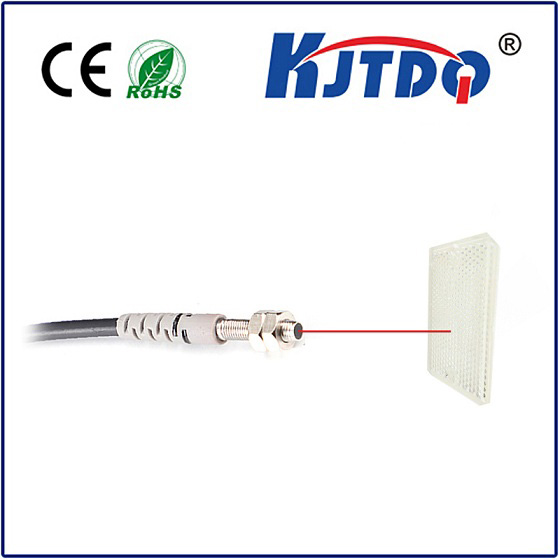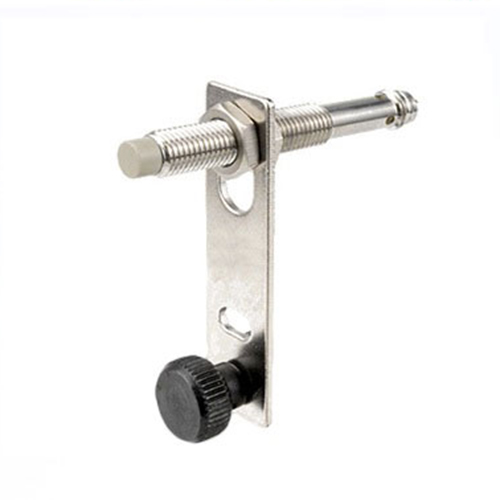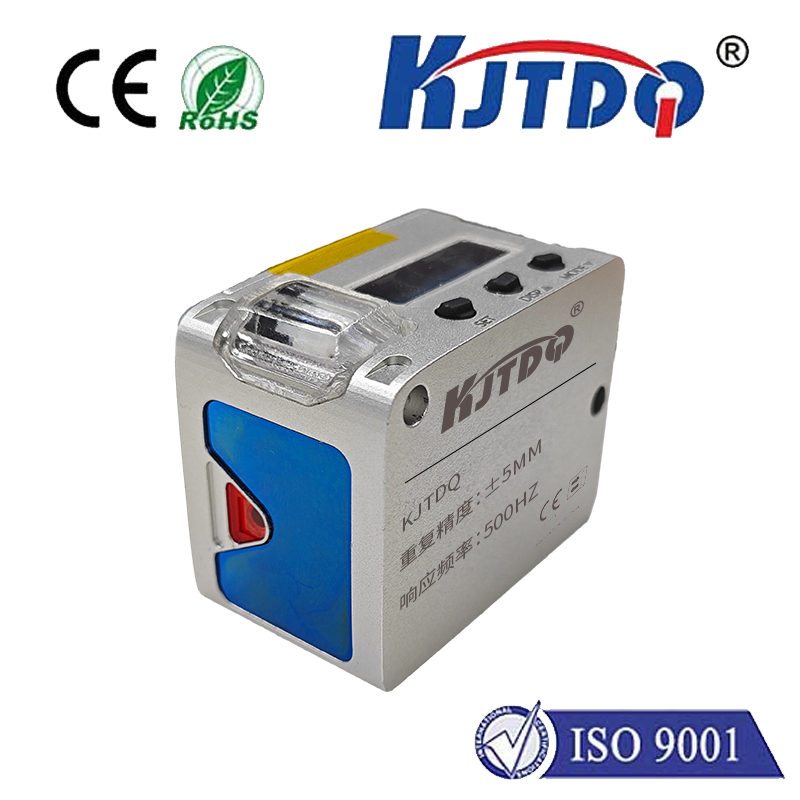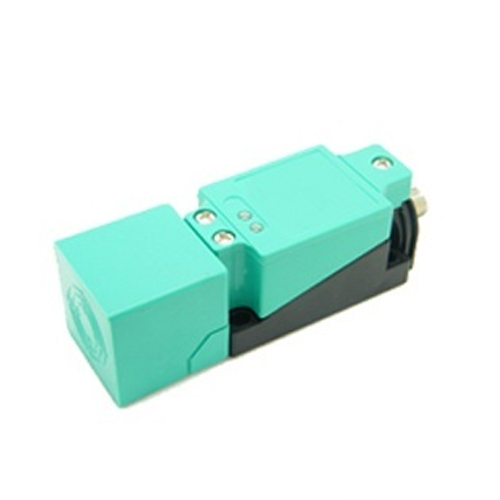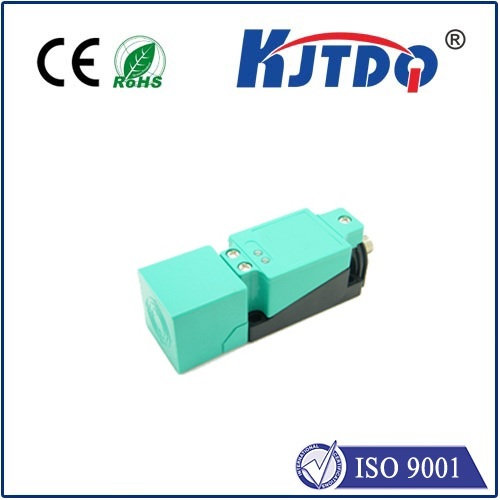

check

check

check

check

check

check

check

check

check

check
In recent years, the use of reed proximity switches has grown exponentially across various industries. These devices, also known as optical switches or light-based switches, have gained popularity due to their high reliability, low cost, and ease of implementation. This article aims to provide a comprehensive understanding of how reed proximity switches work and their applications in different fields.
Section 1: The basics of Reed Proximity Switches
A reed proximity switch is a simple electronic device that uses the principle of capacitance to detect the presence or absence of an object in its path. When a magnetic field passes through the switch, it creates a charge on two metal contacts, causing them to close or open. When the magnetic field is removed, theSwitch will reopen after a delay period. This delay period can be adjusted by varying the strength of the magnetic field.
The key advantages of reed proximity switches include:
1. High reliability: Since they do not rely on mechanical parts, reed proximity switches are highly resistant to wear and tear, making them ideal for harsh environments.
2. Low cost: Compared to other types of switches like photoelectric or inductive, reed proximity switches are relatively inexpensive and offer good value for money.
3. Easy installation: Reed proximity switches can be installed quickly and easily without any specialized knowledge or tools required.
4. Energy efficiency: Reed proximity switches consume very little power and operate silently, making them suitable for use in battery-powered devices or systems with limited energy resources.
Section 2: Applications of Reed Proximity Switches in Various Industries
Reed proximity switches find widespread use in many different fields due to their versatility and durability. Some common applications include:
1. Automation and control systems: Reed proximity switches are used extensively in industrial automation systems to control the movement of machines and ensure safe and efficient operation. For example, they can be used to trigger machinery when objects pass within a certain distance, preventing accidents and maximizing productivity.
2. Security systems: Reed proximity switches are commonly used in access control systems, such as door locks and card readers. They allow authorized personnel to enter secure areas only when their credentials are recognized by the switch.
3. Medical equipment: In medical applications, reed proximity switches are used to detect the presence of patients or objects within a certain distance, ensuring optimal patient care and safety. For instance, they can be used to monitor vital signs or control medical devices remotely.
4. Transportation systems: Reed proximity switches are utilized in various modes of transportation, including trains, buses, and planes, to ensure smooth operation and prevent accidents. For example, they can be used to trigger emergency stop mechanisms when an obstruction is detected in the track or runway.
Conclusion: Enhancing Control with Reed Proximity Switches
By incorporating reed proximity switches into your projects, you can significantly improve their performance and reliability while reducing costs. These simple yet powerful devices offer numerous benefits across different industries and can help you achieve your desired outcomes more efficiently and effectively. So, whether you're working on an automation system, security system, medical device, or transportation infrastructure, consider incorporating reed proximity switches into your design for enhanced control and improved safety.
